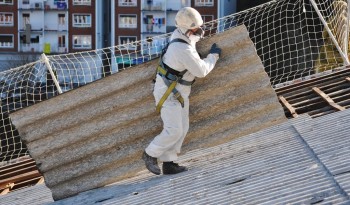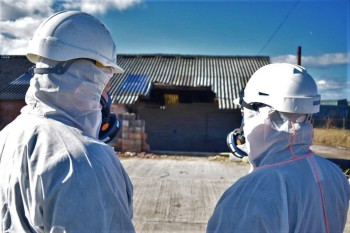Hazardous Material Types to Be Aware of During Renovation or Demolition: Expert Insights
Did you know that the majority of homes constructed before 1990 contain hazardous materials? Even newer homes contain at least one of the dangerous materials such as asbestos or mercury. That is why it is critical to hire a survey crew to check a building before beginning construction, refurbishment, or demolition.
So, do you require a Asbestos Report? If you’d like to learn more, here is a list of dangerous products to avoid during any restoration or demolition job.
Understanding Risks: Common Hazardous Materials in Renovation Projects
When asbestos fibers are inhaled, they can enter deeply into the lungs. This results in significant health hazards and injuries for those exposed. Though harmful, this substance is used for a variety of purposes, including the following:
Coatings
Roofing
Compounds
Drywall
Flooring
Additional building materials
You must contact an asbestos testing company in Vancouver to survey your construction or demolition site. That is true regardless of the age of the construction site. Regardless of the age of your structure, there is always a possibility that it contains asbestos fibers. Before the building can begin, the Environmental Protection Agency (EPA) requires approximately ten days’ notice.
You will acquire written documents after you engage in an asbestos analysis in Vancouver. This section indicates if your site contains asbestos or not.
LEAD
Along with asbestos, lead is the most prevalent hazardous waste material found in buildings. Lead is found in a range of products, including the following:
Paint
Doors
Siding
Windows
A hazmat inspection crew can come out to your building site and determine if the environment contains dangerous lead.
MERCURY
You’d be shocked at how many items in your home contain mercury, especially if it’s older. Mercury is frequently found in the following items:
High-intensity light bulbs (HID bulbs)
Smoke detectors
Control panels
Thermostats
Emergency switches
Latex paint
Auto switches
Cleaning up mercury spills carries significant health concerns for everyone involved. By inhaling a trace amount of mercury, you increase your risk of developing a damaged nervous system, among other health problems.
AEROSOLS
Aerosols are anything in a building that can leak or spray chemicals into the air. Even if the cans appear to be empty, they nevertheless have the potential to generate hazardous pollutants. These cans are pressurized, which means they may leak or spray any remaining contents.
POLYCHLORINATED BIPHENYLS
PCBs are chemicals composed of hydrogen and chlorine. They are manufactured and used in a variety of industrial applications, including the following:
Transfer of heat
Plastics
Hydraulic apparatus
Rubber goods
Caulking, which is commonly seen in older structures, contains these dangerous PCB elements. When an inspection is performed, the amount of PCB in the caulking is determined. If it contains more than 50 parts per million of PCB, it is classified as biohazardous waste.
IN LOWER MAINLAND, OBTAIN A ASBESTOS REPORT
Numerous more hazardous waste items are associated with asbestos. If you are constructing or demolishing a structure, obtaining a hazmat report in Vancouver is critical before you or anybody else in the vicinity is harmed. Ace Environmental is here to provide the most comprehensive inspections available. We strongly encourage you to be proactive and contact us immediately to begin your survey!











